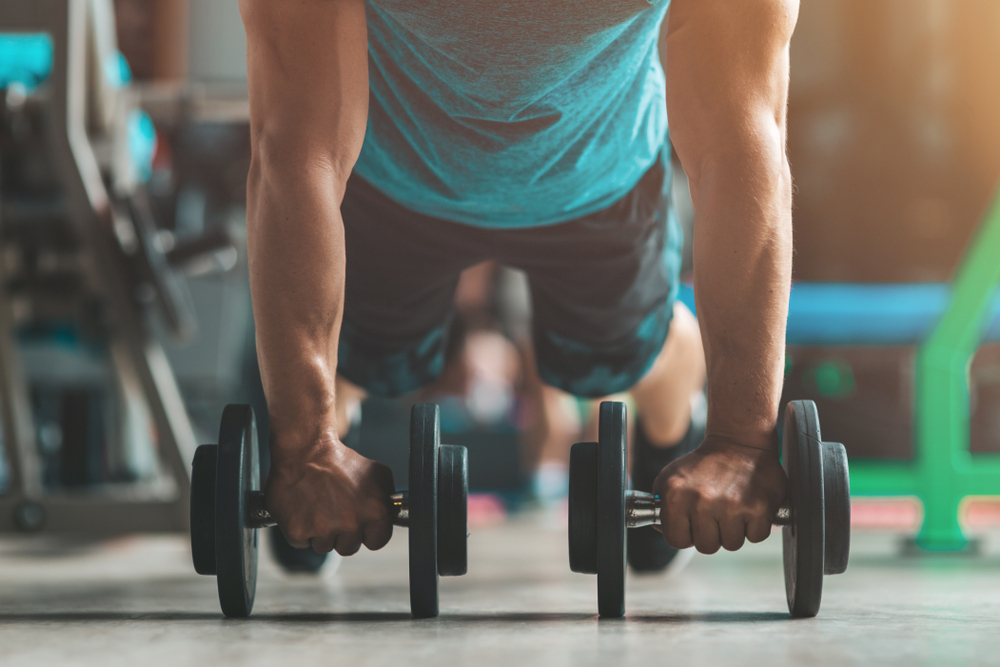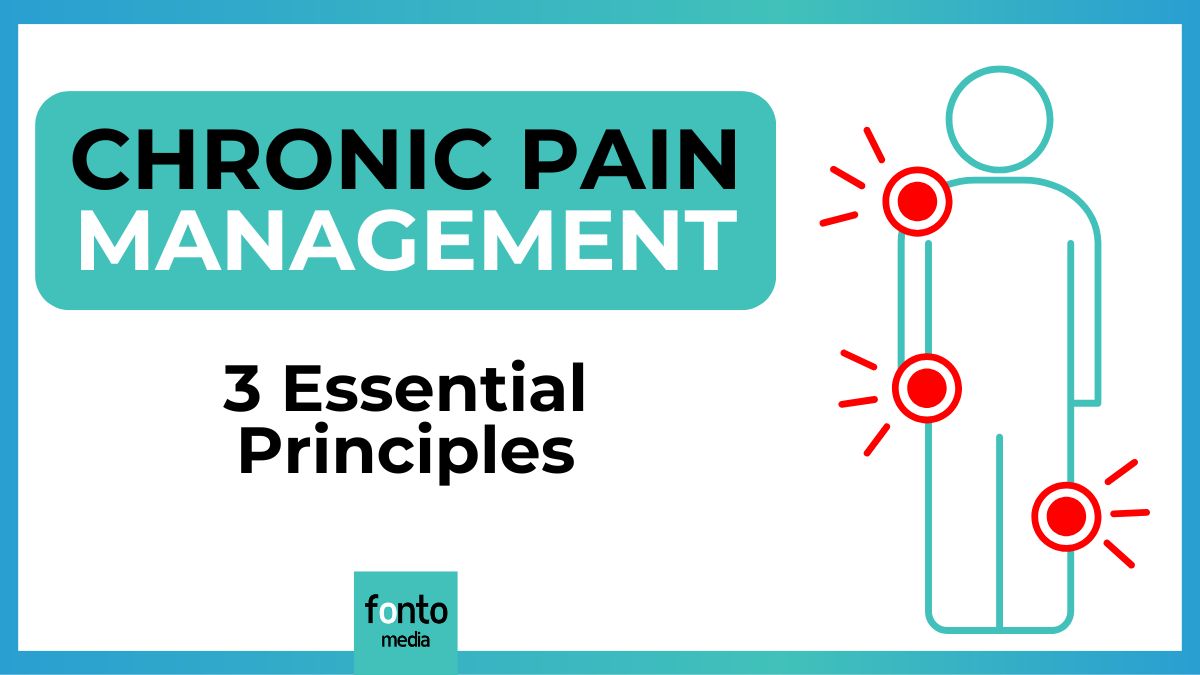As the school year kicks off, families across Idaho begin building new routines, getting supplies ready, and preparing for busy days ahead. But in the middle of all this planning, one thing that often gets missed is posture. From the way kids sit in class to how they carry their backpacks, posture can affect how they feel throughout the day and even through the school year.
Poor posture in growing kids can lead to headaches, back and neck discomfort, trouble focusing, and long-term habits that are hard to unlearn. Whether a student is in fifth grade or high school, the way they sit, stand, and move matters. Starting the school year with a few easy-to-follow posture habits can help reduce pain and support better learning in the classroom and beyond.
Understand The Importance Of Proper Posture
Posture affects more than just how someone looks when they’re sitting or standing. It can have a real impact on how the body feels and functions. When a student’s posture is off, like slouching at a desk or hunching over a screen, it can cause muscle strain that builds over time. Tight shoulders, a stiff neck, and low back pain are common complaints. These issues can sneak up without warning and make it harder for kids to stay focused during class or play comfortably after school.
Good posture starts with proper alignment. That means ears in line with shoulders, shoulders in line with hips, and feet flat on the floor when sitting. When the spine stacks the way it’s supposed to, the muscles don’t have to work overtime to keep everything in place. That takes unnecessary stress off the body and helps maintain better energy and comfort throughout the day.
It also supports better breathing and blood flow. When kids sit up straight, their lungs can expand more, making it easier to take full breaths. Better oxygen flow helps support brain function and focus, which is especially important when kids are learning new material. Over time, these small but steady benefits can improve everything from classroom performance to after-school sports.
One example seen often with teens in Boise classrooms involves the classic text neck posture, where the head hangs forward and down while using a phone or tablet. Even though it starts as a relaxed position, it quickly puts pressure on the neck, upper back, and shoulders. If that becomes a daily habit, it can affect a student’s comfort, attention span, and posture long term.
Tips For Maintaining Good Posture At School
Getting kids to think about posture doesn’t have to be a constant battle. Small adjustments can go a long way in keeping them healthy and comfortable throughout the day. Here are a few important strategies families can use to encourage better posture during the school day:
1. Set up a solid seating position: Ask teachers if chairs and desks allow both feet to rest flat on the ground and if backs are supported. For younger kids, adding a footrest or small cushion can make a big difference.
2. Check the backpack setup: Backpacks should rest evenly on both shoulders. Choose one with padded straps and make sure the weight is spread evenly. Encourage kids to leave unneeded items at home or in their locker to reduce load.
3. Encourage mid-day movement: Long stretches of sitting can lead to stiffness. If breaks are allowed, remind students to stretch, roll their shoulders, or walk around for a minute or two between subjects.
4. Keep screens at eye level: If students use tablets or laptops, make sure they’re propped up so the neck stays in a more neutral position instead of tilting downward.
5. Promote self-checks: Teach kids to check in with how they’re sitting a few times a day. A quick posture reset during the day can keep bad habits from taking over.
These don’t require expensive gear or major changes. Just a bit of regular awareness and support can help keep your child feeling better and staying focused, without the strain that poor posture can bring.
At-Home Strategies For Better Posture
School might set the stage for how kids sit, but home plays a big part too. Building a supportive environment for studying and relaxation is key to maintaining good posture. Start by setting up a homework area that’s both comfy and functional. Choose a chair and desk combo that keeps the computer screen at eye level and allows feet to rest flat. This setup not only aligns the spine but also keeps kids from slumping over their work.
With screen time being a part of most students’ day, managing it wisely can make a difference. Encouraging breaks from screens keeps the body from settling into poor postural habits. One simple approach is to set timers that remind kids to pause and move. Ask your child to stand up, stretch their arms above their head, or take a quick walk around the room. These small changes help reset posture and prevent stiff necks or sore shoulders.
It’s also helpful to introduce some easy exercises and stretches. Activities like yoga or Pilates are great for building core strength, which supports good posture naturally. Try adding these exercises a few times a week to help students build strong muscles that keep them upright and balanced.
Benefits Of Consulting A Physical Therapist In Idaho
Sometimes, despite best efforts, posture issues arise. When that happens, seeking professional help can make a big difference. Licensed physical therapists offer specialized care and can spot problems that aren’t always clear to the average person. They have the knowledge to assess posture properly and offer targeted solutions.
Signs that it might be time to talk to a physical therapist include regular pain, trouble sitting comfortably, or postural imbalances that aren’t improving at home. If a child keeps complaining about neck or back discomfort during or after school, it could signal a deeper issue that deserves attention.
Physical therapists provide customized strategies based on the needs of each person. These plans are built not just to relieve symptoms, but to fix the underlying causes. With professional support, students can work on posture improvements that make a real impact, helping them feel better now and down the road.
Ensuring A Healthy Back-to-School Season
Going back to school is more than just a change in routine. It’s also a good time to build lasting healthy habits. Focusing on posture can improve not just comfort and energy, but also help kids stay more engaged and focused in class.
As you plan for the school year, consider making posture part of the conversation at home. Once students understand how their posture affects how they feel and learn, they tend to be more open to making small changes. With some simple guidance and attention, students can feel stronger and more supported all year long. Keeping posture top of mind helps set them up for a successful academic season and a healthier future.
To help your child build healthy posture habits that last through the school year and beyond, consider working with a physical therapist in Idaho. At Wright Physical Therapy, our team offers hands-on, personalized care designed to support your child’s comfort, movement, and overall well-being every step of the way.








